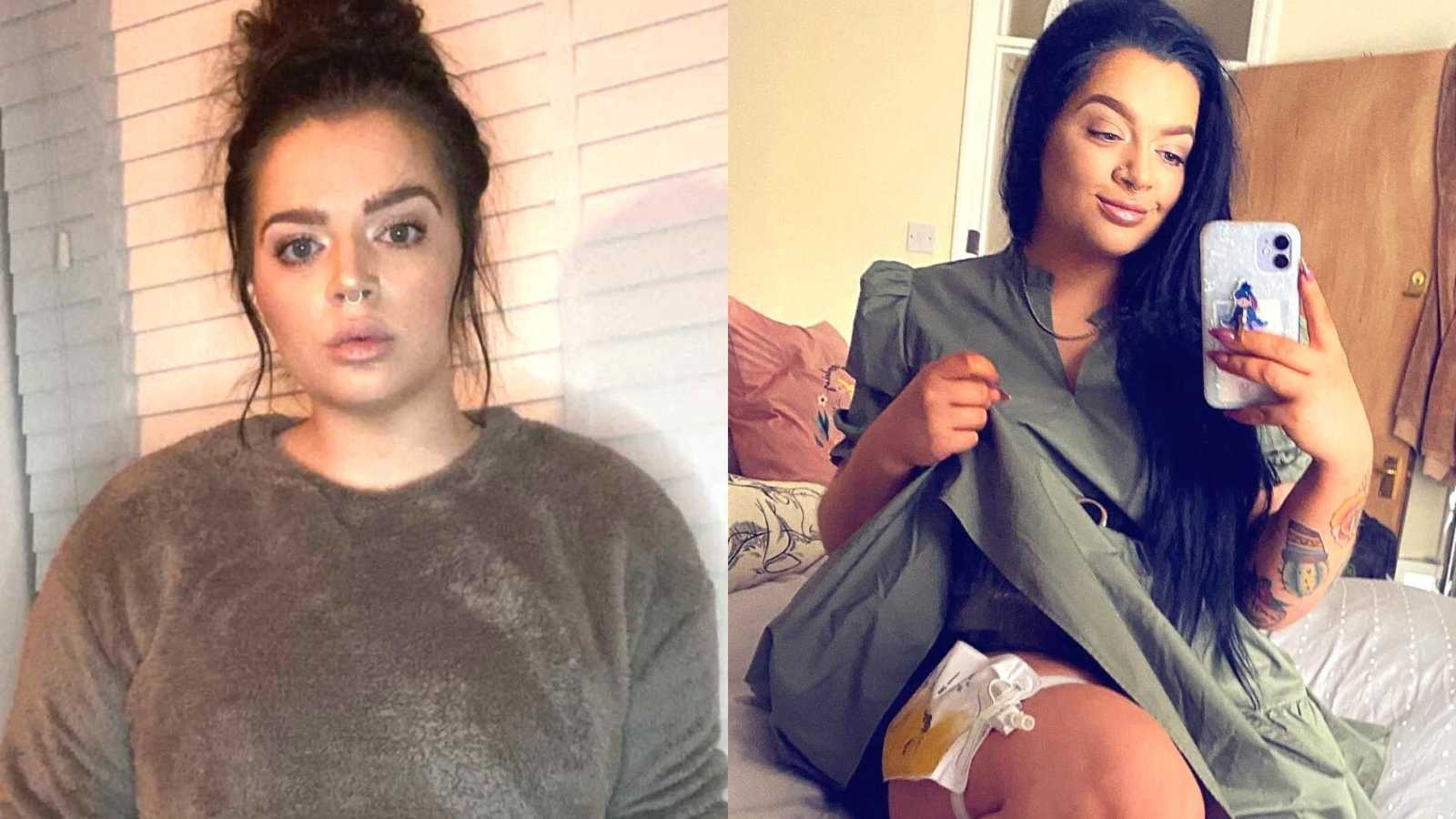Trigger Warning: This story contains mention of suicidal thoughts and images of catheters that may be triggering to some.
“It all started when I was around the age of 14 and started to get severe tummy aches and bouts of extreme nausea. These two symptoms started to appear, but only at nighttime. They started to become so intense and started to affect my life, including my school work. My mom eventually took me to the doctors, where we were told I was attention seeking, and wanting to just have time off school. Especially because this pain was in the evenings, they just put two and two together. I went through years of pain and sickness where I felt no one believed me at all, especially because of my young age.
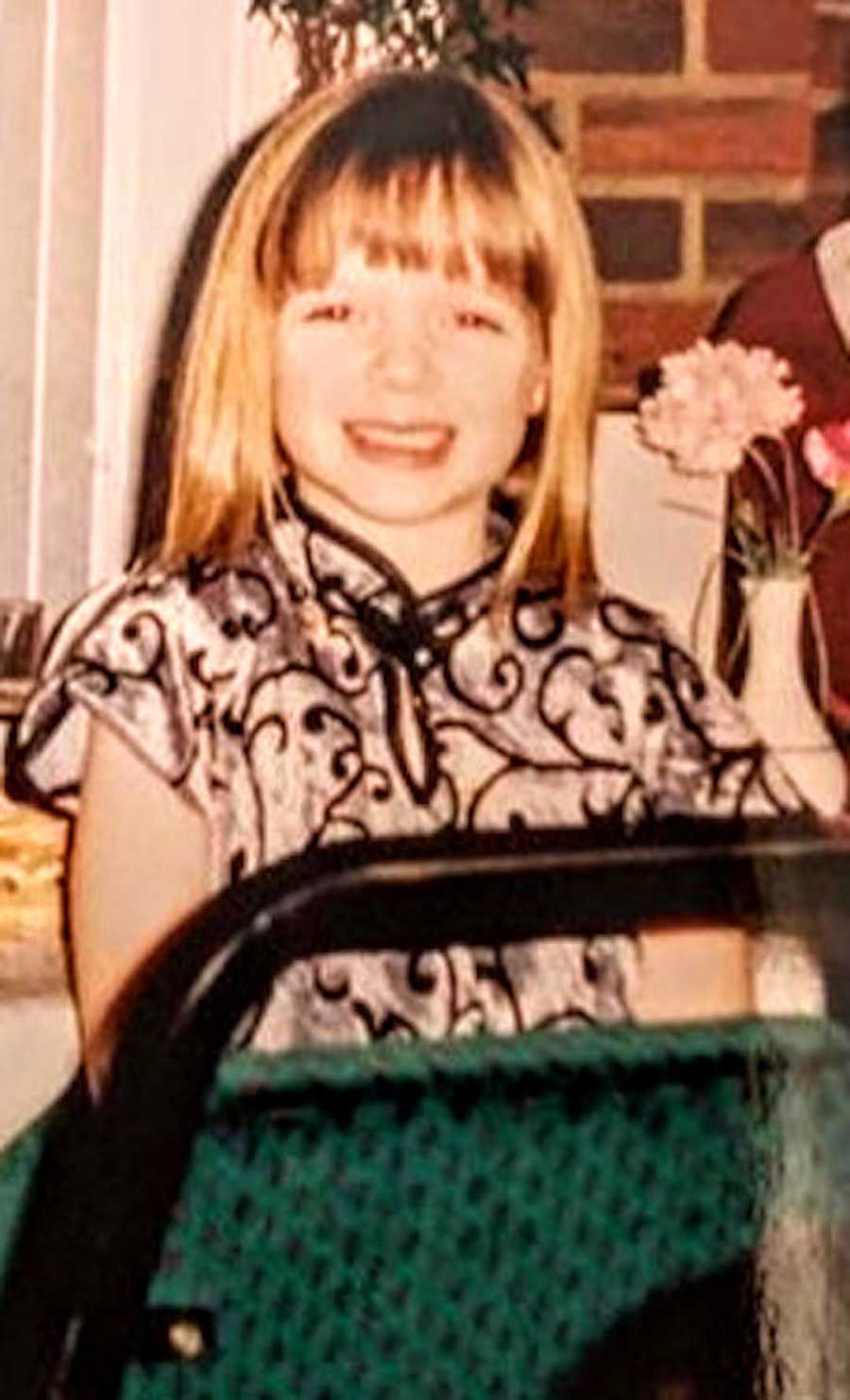
Between the age of 14 and 17, I had blood tests and a few hospital admissions for appendicitis, but this always come to a dead end. This was the only explanation for GP’s, so they ended up just putting me down as having a rumbling appendix, and started me on a low strength pain killer to help with the pain. These helped for a while. But as I took more, I needed a higher strength to help as I became resistant to the lower doses. I still had no real, on-paper, diagnosis so I was stuck at a dead end.

At the age of 17, nearly 18, I fell pregnant and for some unknown reason, I became pain-free. But 4 to 6 weeks after giving birth, the pain started to creep its way back into my life. It didn’t take long for the pain to become extreme and this time, it seemed to be a lot worse. Since the pain started, I really struggled to explain to the doctors exactly how the pain felt. But now, I knew—it felt like contraction pains.

The GP trips started again, and I was referred to gynecology as I felt like I was having contraction pains. I had many trips to the gynecologist, who did a few tests and ultrasounds and told me they couldn’t find anything wrong, so I was referred back to my GP. Over the next few years, whilst studying photography at college, I was sent back and forth to gynecology. It became so exhausting, being told nothing was wrong. Eventually, I was sent to have an exploratory laparoscopy to see if there was something being missed.
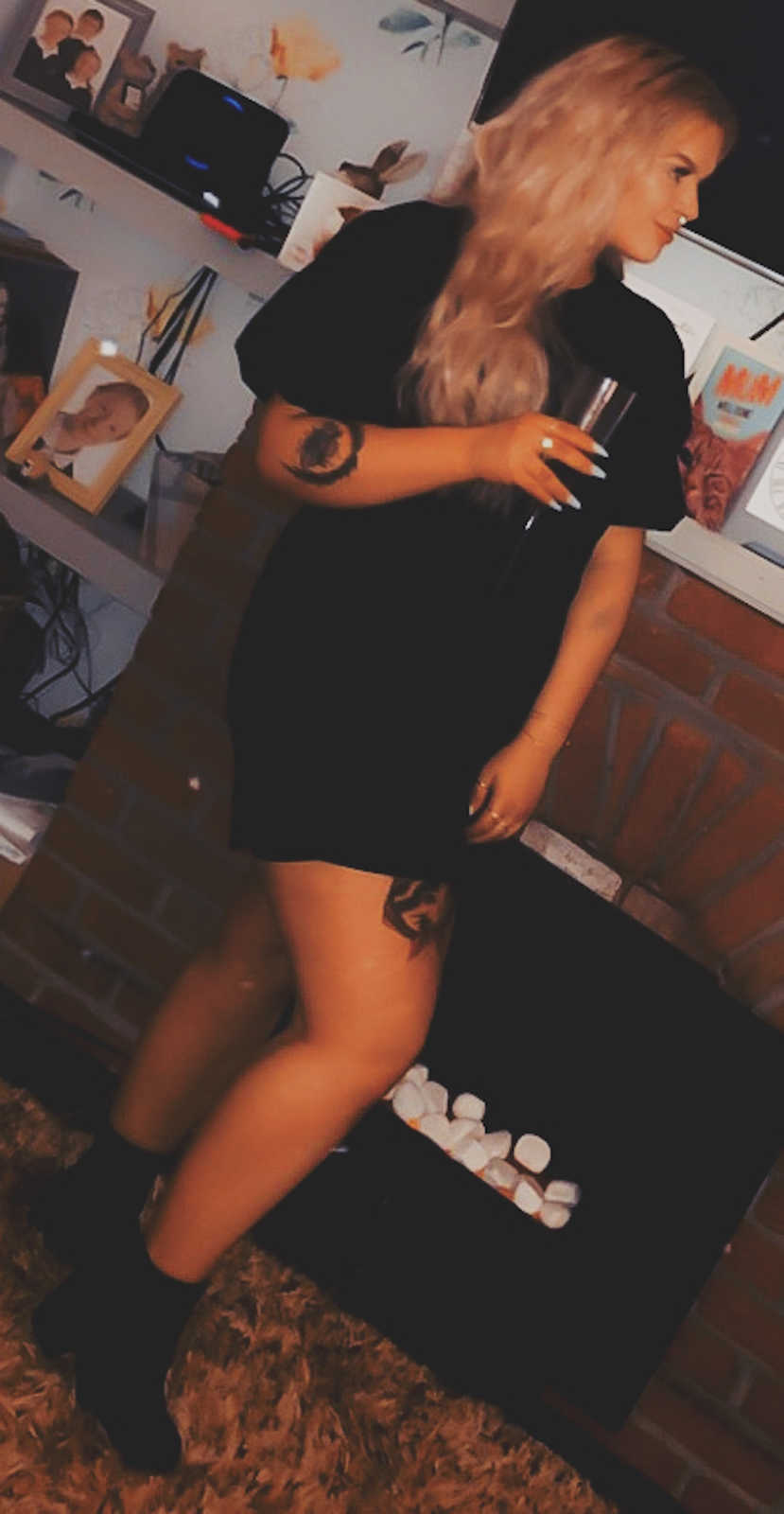
After the laparoscopy, where a camera was inserted into my navel to look deep in my insides, I was diagnosed with a gynecological issue called Pelvic Congestion Syndrome. Pelvic Congestion syndrome is where the veins that run through a woman’s reproductive system, specifically the womb, are enlarged. This causes them to give you unimaginable pain, but there are things that can be done to help assist with the pain. Even though I was given a diagnosis, I wasn’t given any information whatsoever regarding the illness, meaning I had to go home and do my own research. I also wasn’t given any advice or what would happen next, and was just referred back to my GP.
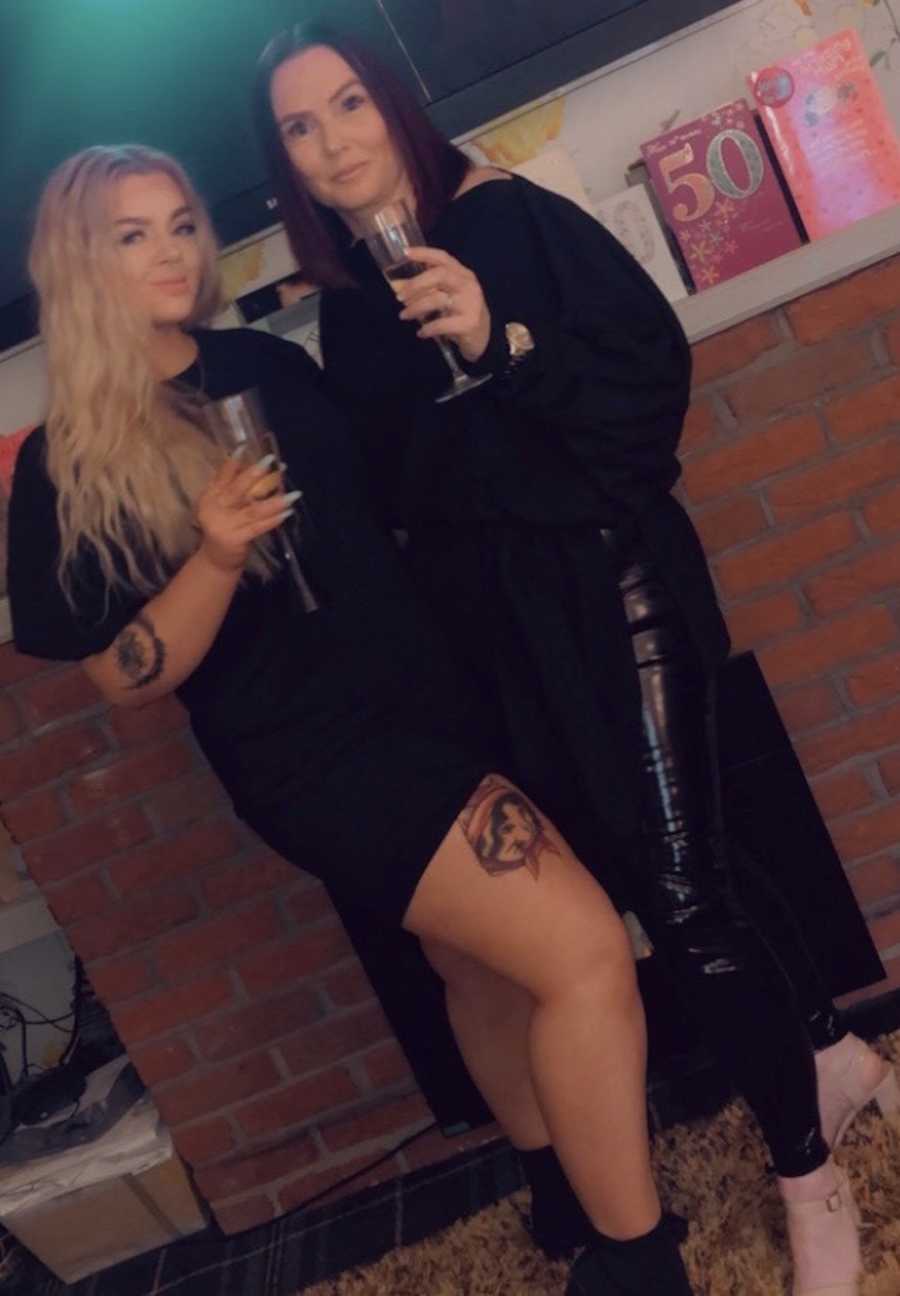
I then went through the ages of around 20 to 23 with constant pain that was getting worse, but no proper pain relief to help. During these years, I went to university, where I struggled so much due to the pain. The pain was so unpredictable, and I had no idea when it would come on and where on the pain scale it would be that day, or even that hour. At the age of 24, I was referred back to gynecology who told me I did not have Pelvic Congestion Syndrome, and I was given the wrong information, then referred back to my GP AGAIN.

At this point, I had no idea what to do anymore. The pain and its symptoms were affecting my life in ways unimaginable. I lost many friends, and eventually my relationship broke down. It was affecting everything I had. I decided I needed to find out once and for all whether I was misdiagnosed, but felt let down by my local hospital. So I decided to go private. I found a clinic in London called The Whitley Clinic, which specializes in veins, and specifically PCS. I had various tests done and it was confirmed I did not have PCS, and it was shattering to hear. I was relieved I didn’t have this horrible syndrome, which can affect fertility, but I was also angry I was told I had a condition and believed this for many years.
The private doctor explained to me I was probably diagnosed because they had enough of me and didn’t know what else to do. Basically a shut-up situation, which was horrible to hear, as I had been through so much and was palmed off as someone in the medical health profession couldn’t be bothered. The private doctor also explained although he didn’t believe my pain was gyne related, through their findings, they believed it was urology related. This came as a surprise, as I was always referred to gyne and urology was never really related besides the UTIs I would suffer with.

I went back to my GP, as at this point I was working full time and my symptoms were starting to make working 40 to 50 hours hard. This was over 10 years since my pain initially started, and I had new symptoms, but the old continuous symptoms were becoming hard to bear. I was going to the toilet to urinate between 20 and 30 times a day and at times, I would hardly empty my bladder at all. I kept feeling as if I had a UTI, but the dipsticks would come back fine. I wasn’t prescribed anything, as there was no evidence. I would get severe back pain, and my frequency and urgency to go to the toilet was becoming worse. I would spend so much time in the toilet it almost became a work joke, but the toilet use wasn’t just during the day. I would wake up five times a night for the toilet. My sleep started to become affected too and some nights, I wouldn’t sleep at all, but still go do a 12-hour shift and then struggle to sleep the following evening too.
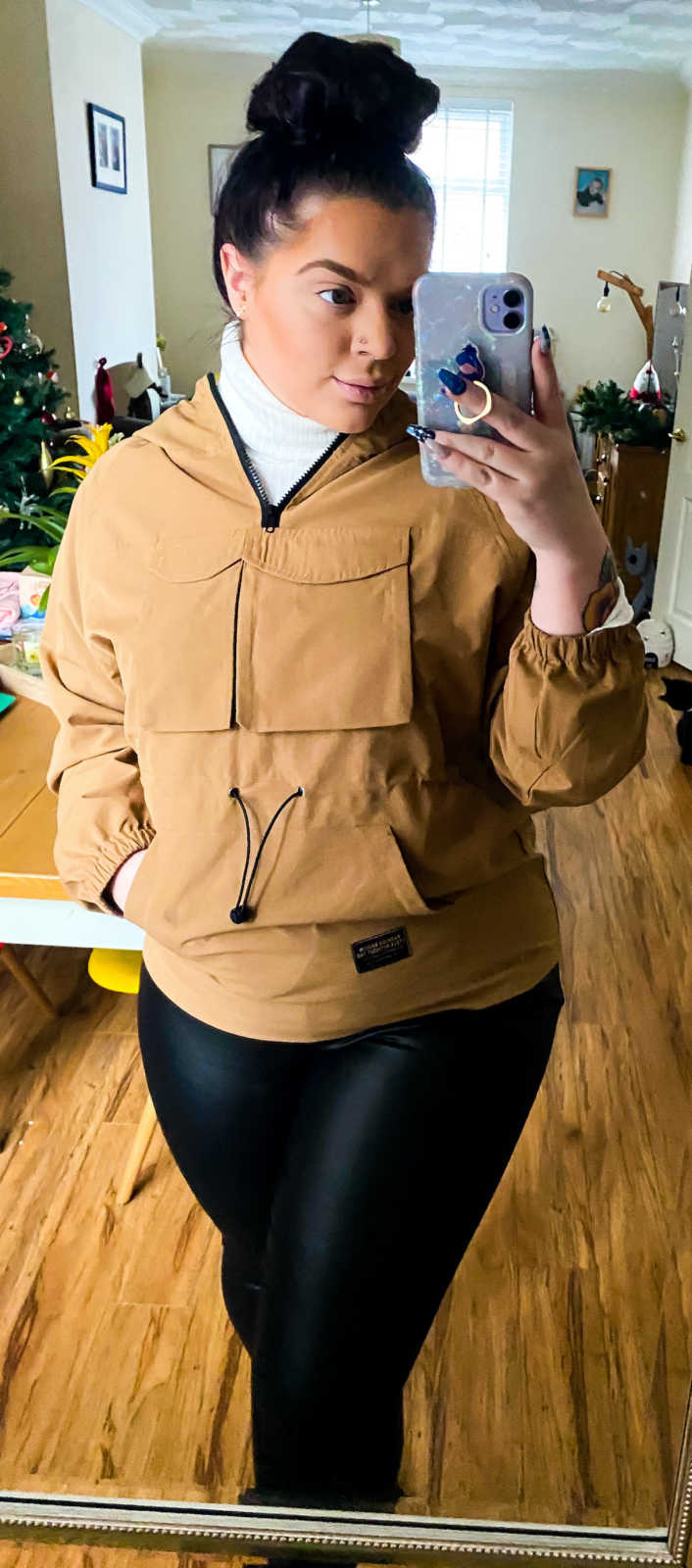
At the beginning of 2019, I was referred to urology, who did a cystoscope and told me he couldn’t find anything. Again, I was back at my GP pulling my hair out. I was told many times, ‘It’s all in your head,’ and even given a psychological review, who confirmed my pain was real and not all in my head. After this, I had six UTIs in 6 months, and was re-referred to urology, where I saw the most amazing consultant. He did another cystoscope, where he said he saw abnormal cells growing on the ‘triangle’ of my bladder, which is controlled by hormones, causing my symptoms. Although these are not harmful, he wanted me to have surgery to have them burnt away, which I did in November of 2019.
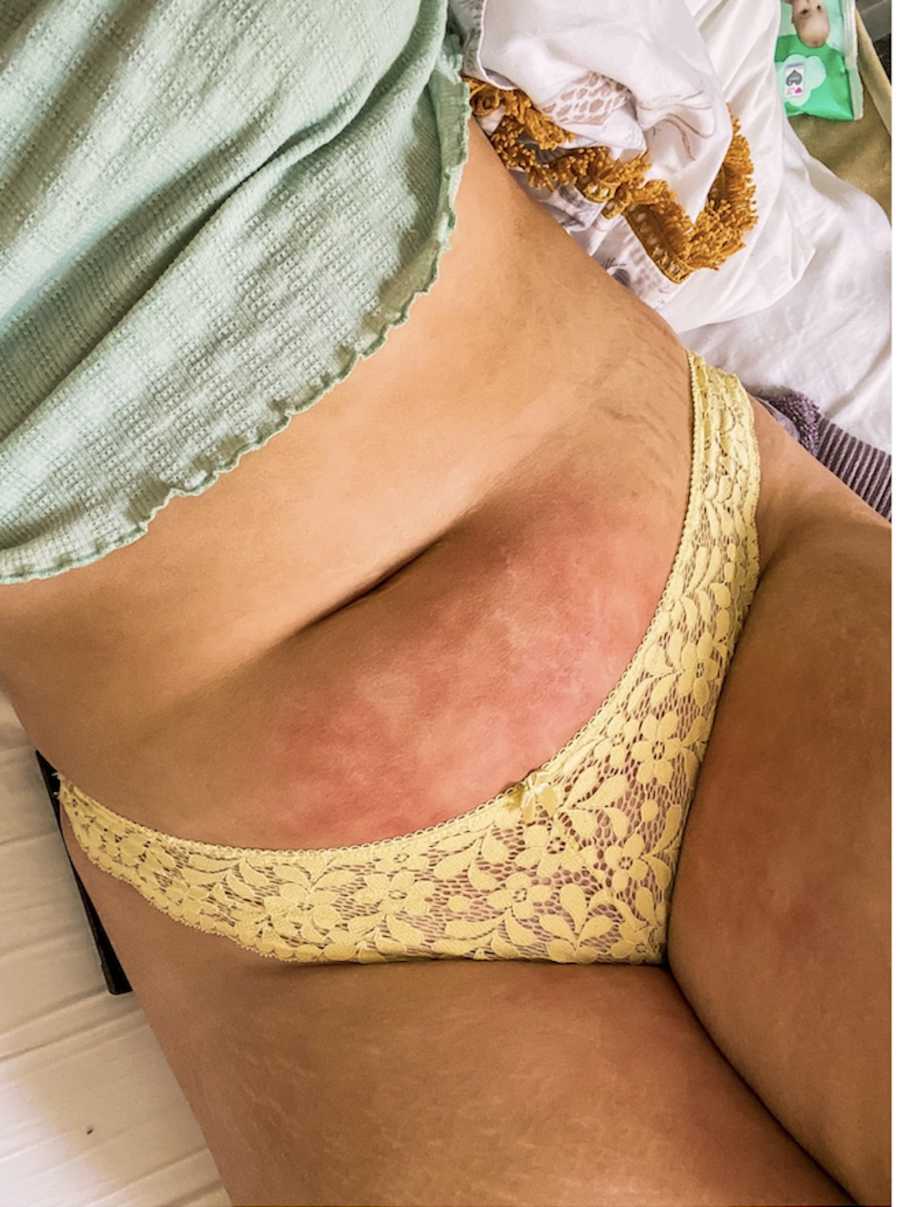
After surgery, I was told it wasn’t what he initially thought. It was ‘Interstitial Cystitis, which is the worst news I can give someone of your age, and I didn’t want this to be the case.’ Instantly, all the little hope I had left was shattered. I went home and researched all about the auto-immune condition, and felt hopeless, and more so, let down. My consultant said I probably had this from the age of 14, so I was let down for over 10 years of my life. I just felt clueless.
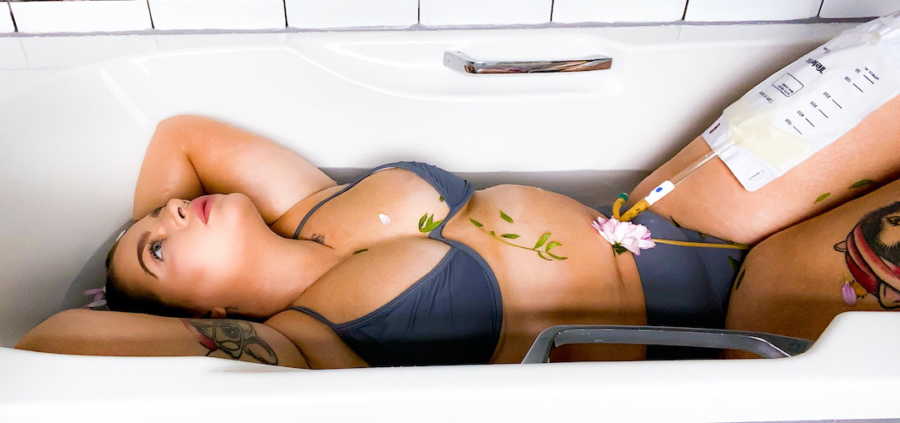
I started going to weekly bladder installations, which is a cocktail of medicine that coats the bladder lining to help reduce symptoms. After three of these, I became poorly with pain and nausea, and it was decided I needed a break. A few weeks later, they restarted, but all of a sudden, I went into retention on three separate occasions. The instillation was making me worse. I ended up with an in dwelling catheter, put on medication, and just left.
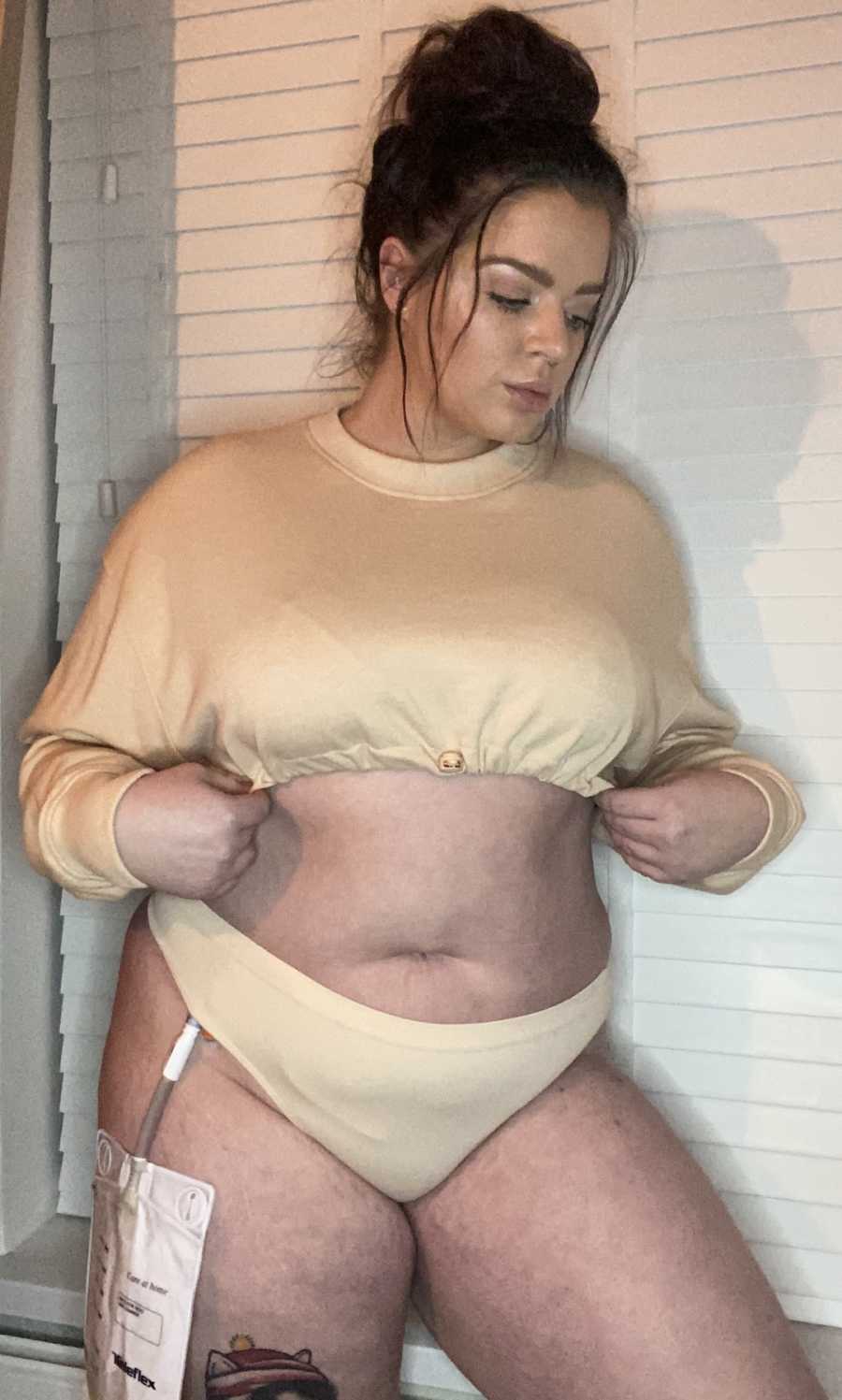
I was told because my bladder had been left undiagnosed for so long, it resulted in my bladder becoming so bad it won’t respond to treatment. In March 2020, I was catheterized and left with a permanent urinary in dwelling catheter for 7 or 8 months. This affected my mental health to the point where I was suicidal, as I was left with this tube ‘hanging’ between my legs and just left to cope with all this by myself with no positives in the future to look to.
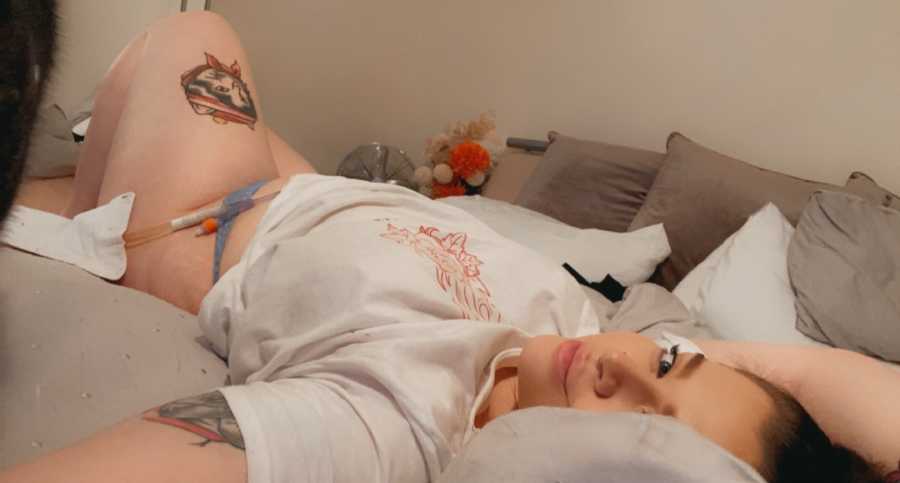
I eventually fought for a supra-pubic catheter, which was fitted in November of 2020 and has slightly helped with my quality of life and mental health. I have also been diagnosed with Irritable Bowel Syndrome, Fibromyalgia and being tested for Fowler’s Syndrome and Chronic Fatigue Syndrome.
Although my life has changed drastically in 12 months, it has given me a confidence I have never had, and pushed me to want to share my story to raise awareness for chronic illnesses, and more so bladder conditions. I want people to realize having a bladder condition and/or a catheter isn’t something to be ashamed of. Instead, embrace your positives and your ‘negatives,’ it could help someone else in a positive way, or help them to get a diagnosis.”

This story was submitted to Love What Matters by Tayla Collison from Kings Lynn, Norfolk UK. Follow her on Instagram and Youtube. Submit your own story here and be sure to subscribe to our free email newsletter for our best stories.
Read more stories about chronic illness warriors:
Provide hope for someone struggling. SHARE this story on Facebook and Instagram to let them know a community of support is available.

